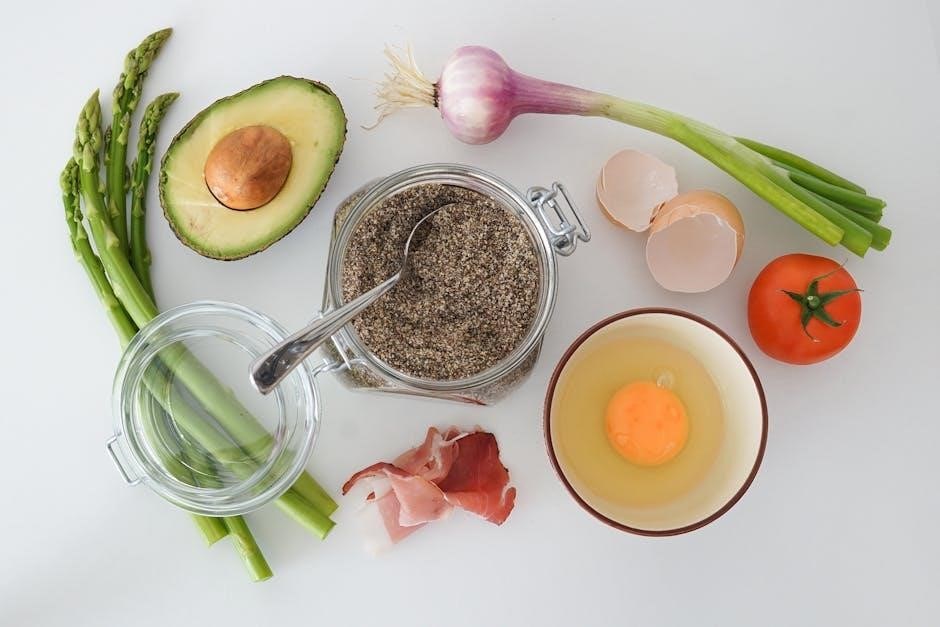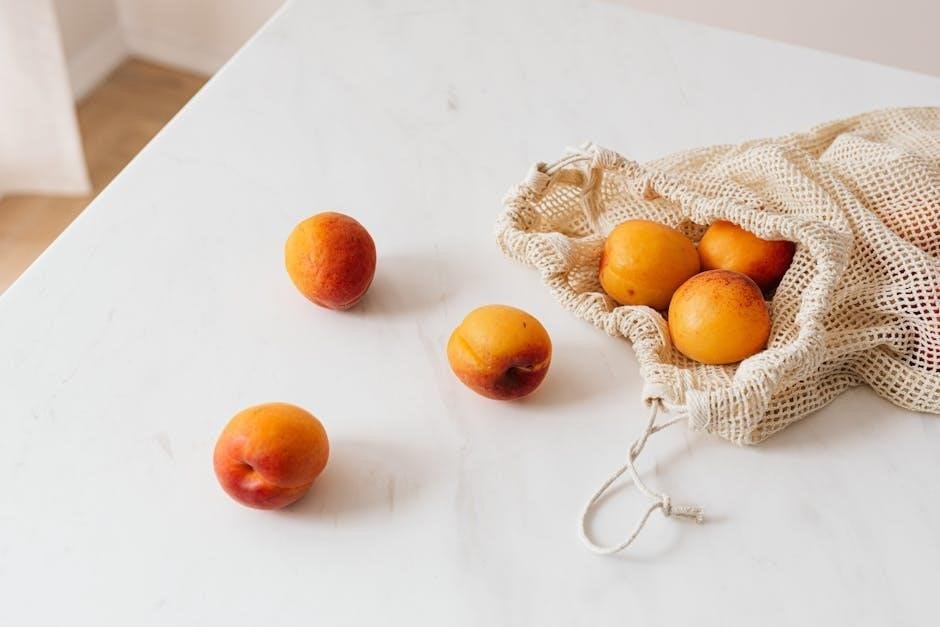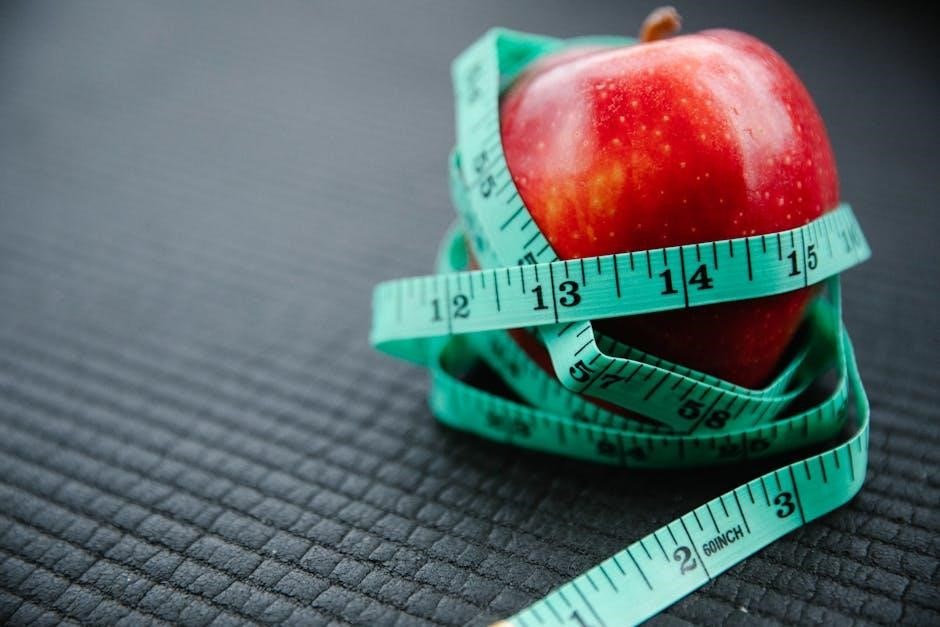low histamine diet plan pdf
Low Histamine Diet Plan PDF: A Comprehensive Guide
Navigating histamine intolerance can feel overwhelming, but a low histamine diet offers a potential path to symptom management. This comprehensive guide aims to provide clarity and support. It will provide a readily accessible resource in PDF format.
Understanding Histamine Intolerance
Histamine intolerance isn’t an allergy, but rather a condition where the body struggles to break down histamine effectively. Histamine is a naturally occurring compound involved in various bodily functions, including immune response, digestion, and neurotransmission. When histamine levels become excessive due to either overproduction or impaired breakdown, it can trigger a range of unpleasant symptoms.
The enzyme diamine oxidase (DAO) is primarily responsible for breaking down histamine in the digestive tract. If DAO activity is insufficient, histamine can accumulate, leading to symptoms. These symptoms vary widely from person to person, making diagnosis challenging. Common manifestations include headaches, skin rashes, digestive issues, nasal congestion, fatigue, and anxiety. The severity of symptoms can also fluctuate depending on individual histamine levels and triggers.
Identifying histamine intolerance often involves a process of elimination and careful monitoring of dietary intake. A low histamine diet is a primary tool in managing the condition. This approach helps reduce the overall histamine load on the body, allowing DAO to function more effectively and alleviate symptoms.
The Goal of a Low Histamine Diet
The primary goal of a low histamine diet is not to eliminate histamine entirely from your diet, as that would be practically impossible and potentially lead to nutritional deficiencies. Instead, the aim is to reduce your overall histamine load, allowing your body’s natural mechanisms to manage histamine levels more effectively.
By carefully selecting foods that are naturally low in histamine and avoiding those that are high in histamine or known histamine liberators, you can minimize the amount of histamine your body has to process. This can lead to a reduction in symptoms associated with histamine intolerance, such as headaches, skin issues, digestive problems, and fatigue.
Furthermore, a low histamine diet aims to identify individual triggers. Not everyone reacts to the same foods in the same way. Through careful observation and gradual reintroduction of foods, you can pinpoint specific items that exacerbate your symptoms. This allows you to create a personalized dietary plan that minimizes discomfort and promotes overall well-being. It’s all about finding a balance and understanding your body’s unique responses.
Foods to Include in a Low Histamine Diet
Building a low histamine diet involves focusing on fresh, unprocessed foods. Prioritize freshly cooked meats, like poultry, but remember that freshness is key; histamine levels rise quickly in meat. Opt for recently caught fish as well.
Include a variety of fresh vegetables, excluding those known to be higher in histamine, such as tomatoes, spinach, avocados, and eggplant. Good choices include artichokes, asparagus, broccoli, cabbage, and leafy greens like arugula and bok choy.
For fruits, focus on options like dragon fruit, goji berries, blackcurrants, and cowberries. Non-dairy milk alternatives like almond milk, coconut milk (fresh, not canned), and hemp milk can be included. Use olive oil and coconut oil as your primary cooking fats.
Consider incorporating rice milk and cream cheese (except when cultured) in moderation. Remember, this list serves as a starting point, and individual tolerance may vary. Always listen to your body and adjust your diet accordingly.
Foods to Limit or Avoid
Managing histamine intolerance involves careful consideration of foods that can trigger or exacerbate symptoms. This often means limiting or avoiding certain items known to be high in histamine or that act as histamine liberators.
Fermented foods are generally high in histamine and should be minimized. This includes aged cheeses (like cheddar, Colby, and blue cheese), sauerkraut, yogurt, and kefir. Also, avoid processed meats and smoked fish due to their elevated histamine content.
Certain vegetables, such as tomatoes, spinach, avocados, and eggplant, are naturally higher in histamine or can trigger histamine release. Likewise, citrus fruits, strawberries, and bananas should be consumed sparingly.
Alcoholic beverages, especially wine and beer, are known to increase histamine levels. Chocolate, cocoa, and vinegar-containing foods (like pickles and dressings) should also be limited. Lastly, be cautious with foods containing additives, preservatives, and artificial colors, as they can sometimes provoke reactions. It’s all about balance!
Printable Low Histamine Food Lists (PDF)
To simplify your dietary journey, printable low histamine food lists in PDF format are invaluable resources. These lists offer a quick and easy reference for navigating the grocery store and planning meals. They typically categorize foods as low, moderate, or high in histamine, providing clear guidance on what to include and what to avoid.
Several reputable sources offer these downloadable lists. These lists often include additional information, such as histamine liberators and DAO-blocking foods. It’s essential to choose a list from a trusted source, such as a registered dietitian or a medical professional specializing in histamine intolerance.

These PDFs can be easily printed and kept on hand for convenient access. Some lists are editable, allowing you to customize them based on your individual tolerances and dietary needs. Remember, these lists serve as a starting point, and it’s crucial to listen to your body and track your reactions to different foods.
SIGHI Food Compatibility List

The SIGHI Food Compatibility List is a valuable tool for individuals following a low histamine diet. Developed by the Swiss Interest Group Histamine Intolerance (SIGHI), this list provides a comprehensive classification of foods based on their histamine content and tolerability. It categorizes foods into four levels: 0 (well tolerated), 1 (slightly problematic), 2 (moderately problematic), and 3 (highly problematic).
This detailed categorization allows for a more nuanced approach to dietary management compared to simple “yes” or “no” lists. The SIGHI list considers not only the histamine content but also other factors that can influence tolerability, such as histamine liberators and other biogenic amines.
While extensive, it is important to note that individual tolerances can vary, and the SIGHI list should be used as a guideline rather than a definitive rule. Consulting with a healthcare professional or registered dietitian is recommended to personalize your diet based on your specific needs and reactions.
Low Histamine, Low Sulfur, Paleo Food List
For individuals with both histamine intolerance and sulfur sensitivities, navigating dietary choices can be particularly challenging. Combining a low histamine approach with a low sulfur and Paleo framework requires careful consideration and planning. A low histamine, low sulfur, Paleo food list aims to address these combined dietary restrictions.
The Paleo diet emphasizes whole, unprocessed foods similar to what our ancestors ate, typically excluding grains, legumes, and dairy. When combined with low histamine and low sulfur considerations, the focus shifts to identifying Paleo-friendly foods that are also low in both histamine and sulfur content. This often involves prioritizing fresh, non-fermented meats, specific vegetables, and certain fruits.
This type of food list will exclude common Paleo staples that might be high in histamine or sulfur. Always consult with a healthcare professional or registered dietitian to ensure adequate nutrient intake and address any individual dietary needs.
Importance of Freshness
Freshness is paramount when following a low histamine diet. Histamine levels in food increase over time due to bacterial activity. Therefore, consuming freshly prepared meals is crucial to minimize histamine intake. This principle applies particularly to protein-rich foods like meat and fish, where histamine production occurs rapidly. Purchasing fresh, high-quality ingredients and preparing them promptly is key.
Whenever possible, opt for locally sourced produce and meats to ensure maximum freshness. Leftovers should be stored properly and consumed as quickly as possible, ideally within 24 hours. Freezing can help slow down histamine production, but it’s best to use frozen foods soon after thawing. By prioritizing freshness in your food choices, you can significantly reduce your histamine load and minimize symptoms.
Avoid processed or aged foods, as these typically have higher histamine levels. Remember, the fresher the food, the lower the histamine content is likely to be.
Reintroducing Foods and Monitoring Symptoms
Once you’ve experienced symptom relief on a strict low histamine diet, the next step involves carefully reintroducing foods to identify your individual triggers. This process should be approached systematically, introducing one new food every few days. Start with small portions and gradually increase the amount as tolerated.
Maintaining a detailed food diary is crucial during this phase. Record every food you introduce, the portion size, and any symptoms that arise. Be vigilant in monitoring for both immediate and delayed reactions, such as skin rashes, digestive issues, headaches, or fatigue. If symptoms occur, discontinue the food immediately and wait until symptoms subside before reintroducing another item.
This methodical approach allows you to pinpoint specific foods that exacerbate your histamine intolerance. It’s important to listen to your body and personalize your diet based on your individual tolerance levels. Remember, reintroduction is a gradual process, and patience is essential. Consulting with a nutritionist can provide guidance and support throughout this journey.

Customizing Your Diet with a Nutritionist
While a low histamine diet plan PDF offers a valuable starting point, individual needs vary significantly. Consulting with a registered dietitian or nutritionist specializing in histamine intolerance can provide personalized guidance and support. These professionals can assess your specific symptoms, medical history, and dietary habits to create a tailored plan that addresses your unique requirements.
A nutritionist can help you identify hidden histamine sources in your current diet and suggest suitable alternatives. They can also guide you through the reintroduction phase, helping you to safely and effectively identify trigger foods. Moreover, a nutritionist can ensure that your low histamine diet is nutritionally balanced and meets your individual needs for vitamins, minerals, and macronutrients.
Furthermore, a nutritionist can provide ongoing support and education, helping you to navigate the complexities of histamine intolerance and make informed food choices. This collaborative approach ensures that your diet is not only effective in managing your symptoms but also sustainable in the long term.

Sample Low Histamine Meal Plan
This sample meal plan provides a basic framework for a low histamine diet. It’s important to note that individual tolerances vary, so this is a starting point for customization, ideally guided by a healthcare professional. It is important to note that freshness is key to a low histamine diet.
Breakfast: Oatmeal prepared with rice milk or coconut milk, topped with blueberries and a drizzle of maple syrup. Freshly made rice porridge can also be a good option.
Lunch: Grilled chicken breast (freshly cooked) with a side salad of mixed greens, cucumber, and carrots, dressed with olive oil and lemon juice. Beets are a good addition to this meal. Remember to avoid tomatoes, avocado, eggplant, squash, and spinach.
Dinner: Baked cod with roasted asparagus and a side of quinoa. Ensure the cod is freshly caught or very recently frozen.
Snacks: Freshly peeled pear slices, rice cakes with coconut oil, or a small handful of macadamia nuts.
This is just a sample; adjust portions and food choices to fit your individual needs and preferences. Always prioritize fresh ingredients and avoid processed foods.
